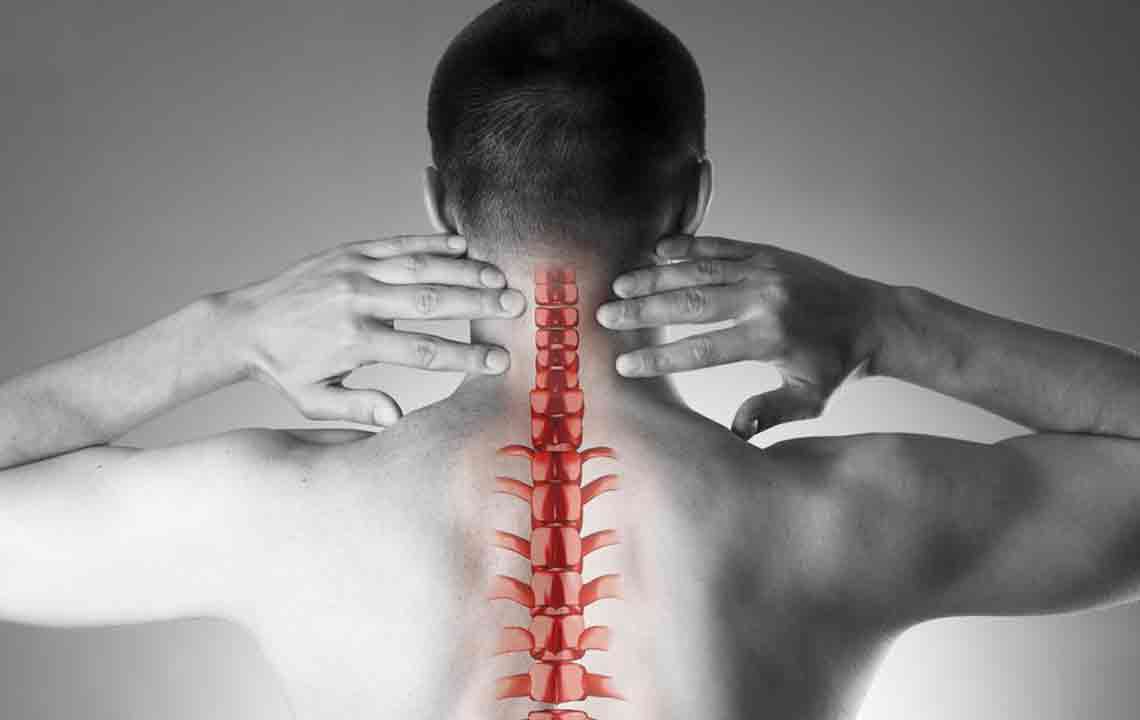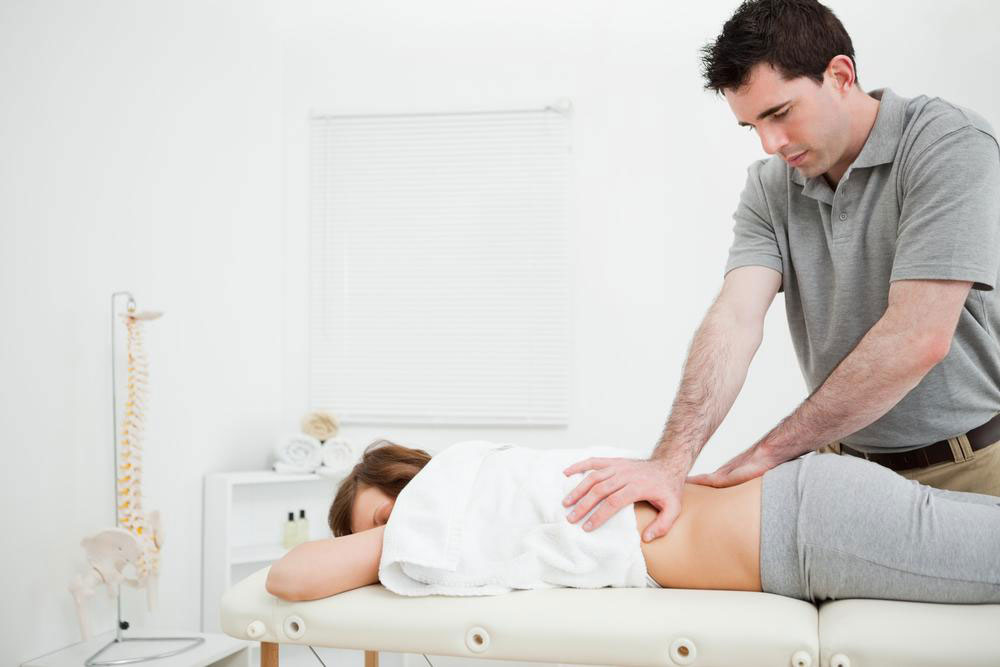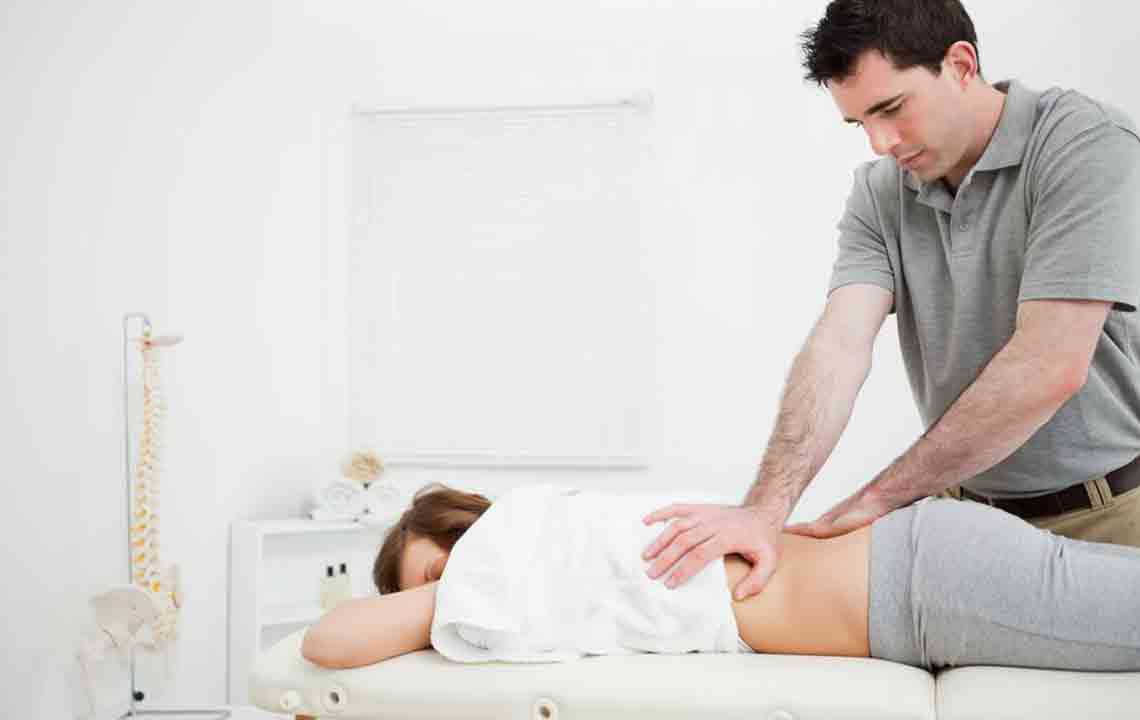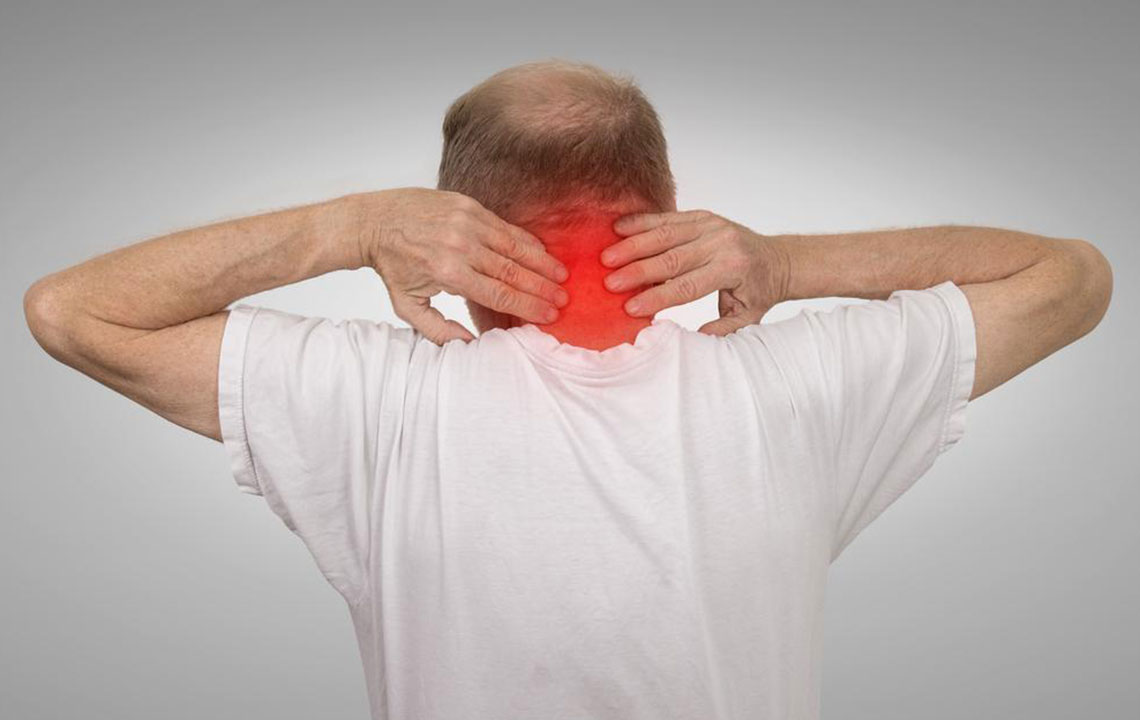Comprehensive Guide to Spinal Canal Narrowing: Causes, Symptoms, and Effective Management Strategies
This comprehensive guide explores spinal canal narrowing, highlighting its causes, common signs, and effective management options. It emphasizes early diagnosis, conservative therapies, and the importance of professional medical intervention to improve quality of life for those affected by spinal stenosis. Learn how to recognize symptoms early and explore treatment strategies tailored to individual needs, including physical therapy, lifestyle modifications, medications, or surgery.

Comprehensive Guide to Spinal Canal Narrowing: Causes, Symptoms, and Effective Management Strategies
Spinal canal narrowing, medically known as spinal stenosis, is a condition characterized by the gradual or sudden reduction in the space within the spinal canal. This narrowing often leads to compression of the spinal cord and associated nerves, resulting in a variety of symptoms that can significantly affect an individual's mobility and quality of life. While spinal stenosis is predominantly an age-related degenerative disorder, it can also manifest due to congenital factors or traumatic injuries, making it a complex condition that demands careful attention and tailored treatment approaches.
As people age, the risk of developing spinal stenosis increases, but some individuals may remain asymptomatic for years. Early detection of symptoms is crucial for effective management and can help prevent progression to more severe stages that may require invasive procedures. Understanding the causes, recognizing the signs, and exploring the management options are vital steps in coping with this condition.
Common Symptoms of Spinal Canal Narrowing
Intermittent sharp or stabbing pains in the back or neck
Discomfort that worsens with activity or maintained postures
Relief experienced when sitting or lying down with a straight spine
Progressive weakness, numbness, or tingling sensations in the limbs
Difficulty walking or maintaining balance, especially during physical activity
In cases where the lumbar region is affected, patients often report symptoms like lower back pain coupled with numbness or weakness in the legs and buttocks. These symptoms tend to intensify during movement or prolonged standing. When cervical stenosis occurs, the nerves in the neck are compressed, resulting in neck pain, headaches, and impaired coordination or weakness in the arms and hands. Recognizing these signs early is critical for timely intervention.
Many individuals with mild symptoms find relief through conservative, home-based therapies. Engaging in specific physical therapy exercises focused on strengthening back and neck muscles, along with activity modifications and good posture practices, can effectively alleviate discomfort. Over-the-counter pain medications, such as NSAIDs, may provide temporary relief but are not a long-term solution.
However, in more advanced cases, non-invasive methods may be insufficient. Surgical options, including decompression procedures like laminectomy or discectomy, may be necessary to alleviate nerve pressure. The success of surgical intervention relies heavily on early diagnosis, precise imaging, and personalized treatment planning. Therefore, consulting a healthcare professional at the first signs of symptoms is highly recommended.
Spinal stenosis develops primarily from the narrowing of the spinal canal, which can result from bone spurs, herniated discs, thickened ligaments, or congenital spinal structures. Recognizing early symptoms and understanding available treatment options—ranging from physical therapy and lifestyle changes to medications and surgery—are essential to maintaining a good quality of life.
If you experience symptoms such as persistent back or neck pain, numbness, or weakness, seek medical advice promptly. Combining natural therapies with professional medical care often provides the best outcomes. Remember, a thorough consultation and adequate diagnosis are vital before attempting home remedies or invasive procedures. Developing an effective management plan with your healthcare provider can help you regain mobility and reduce pain effectively.





